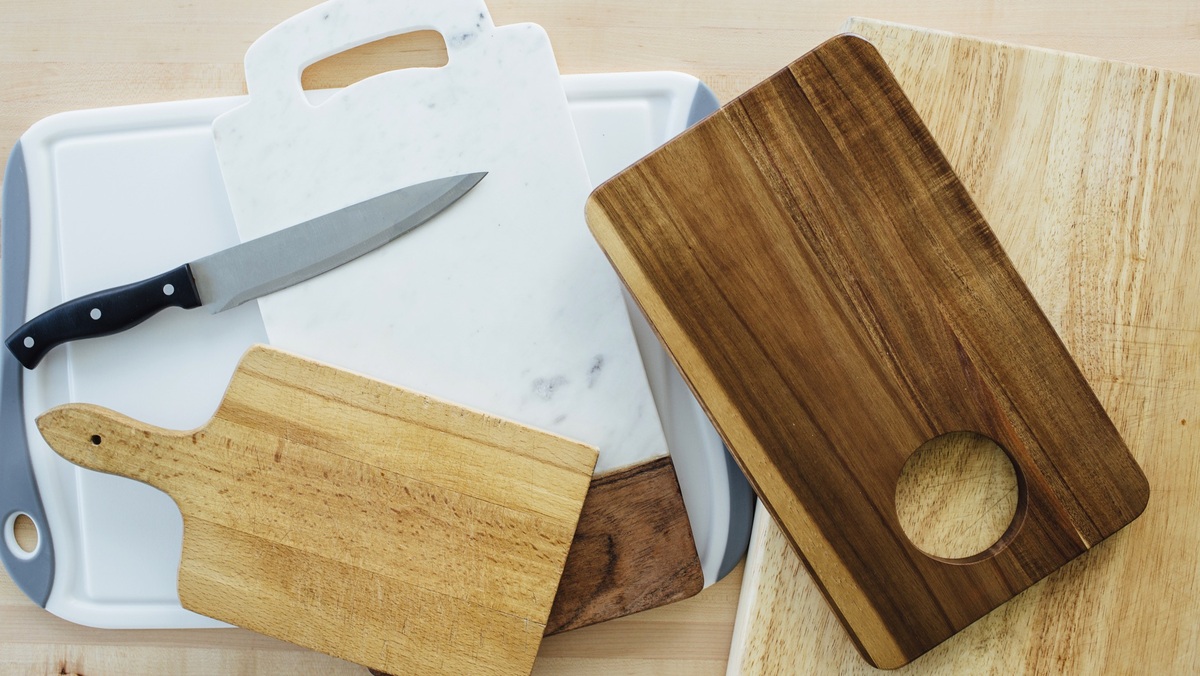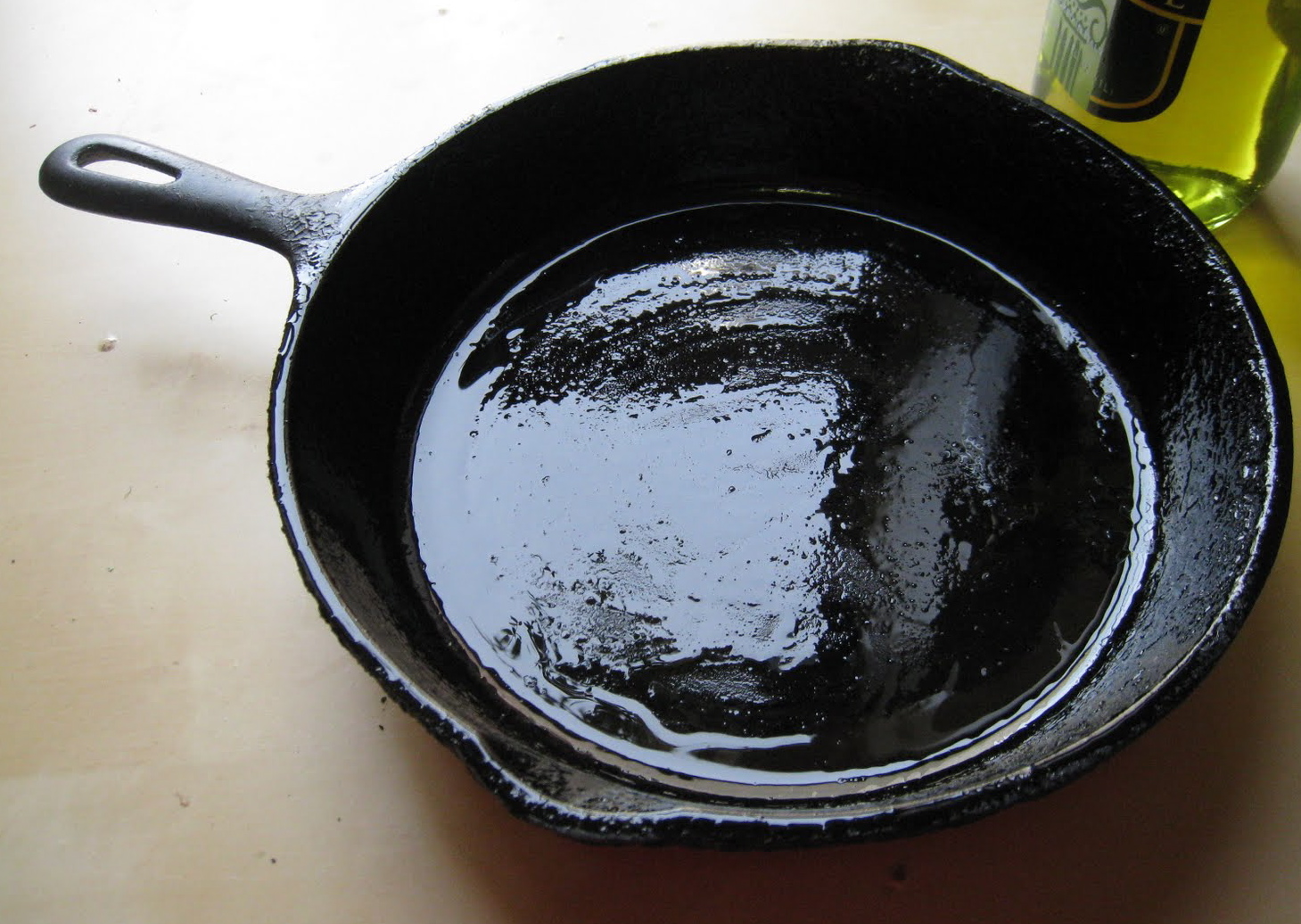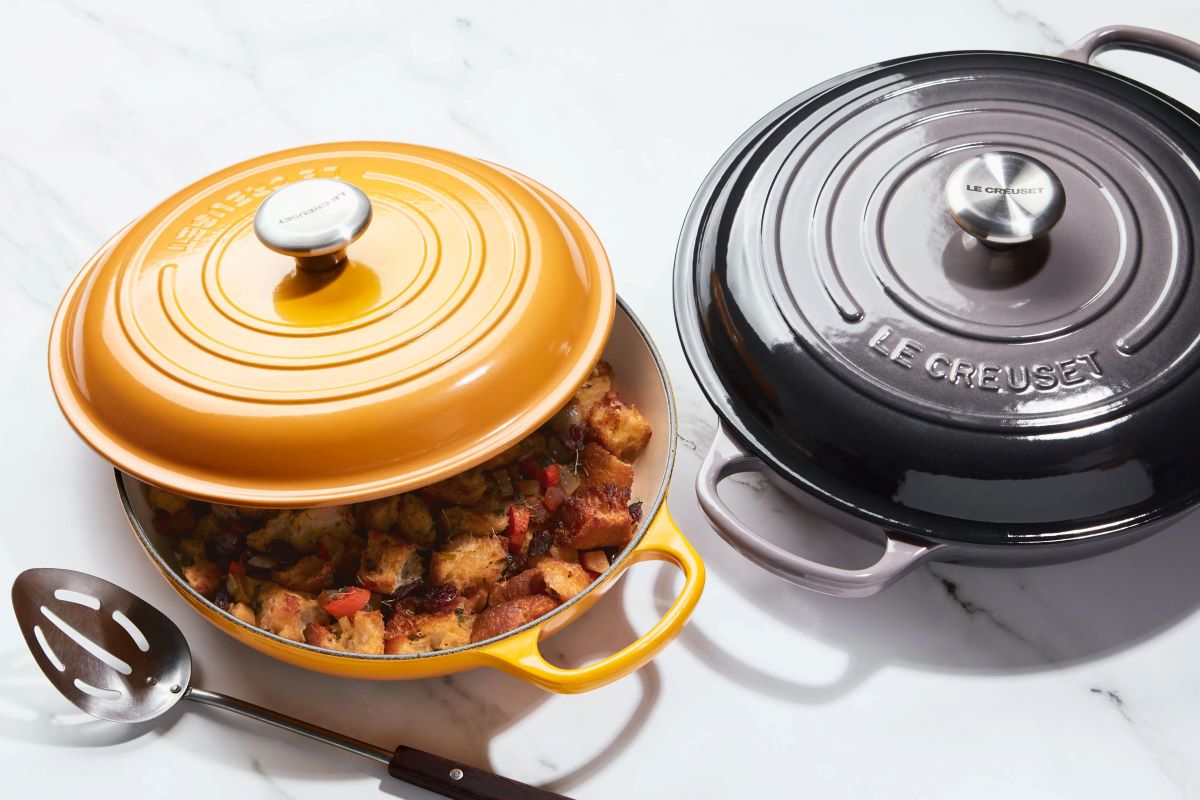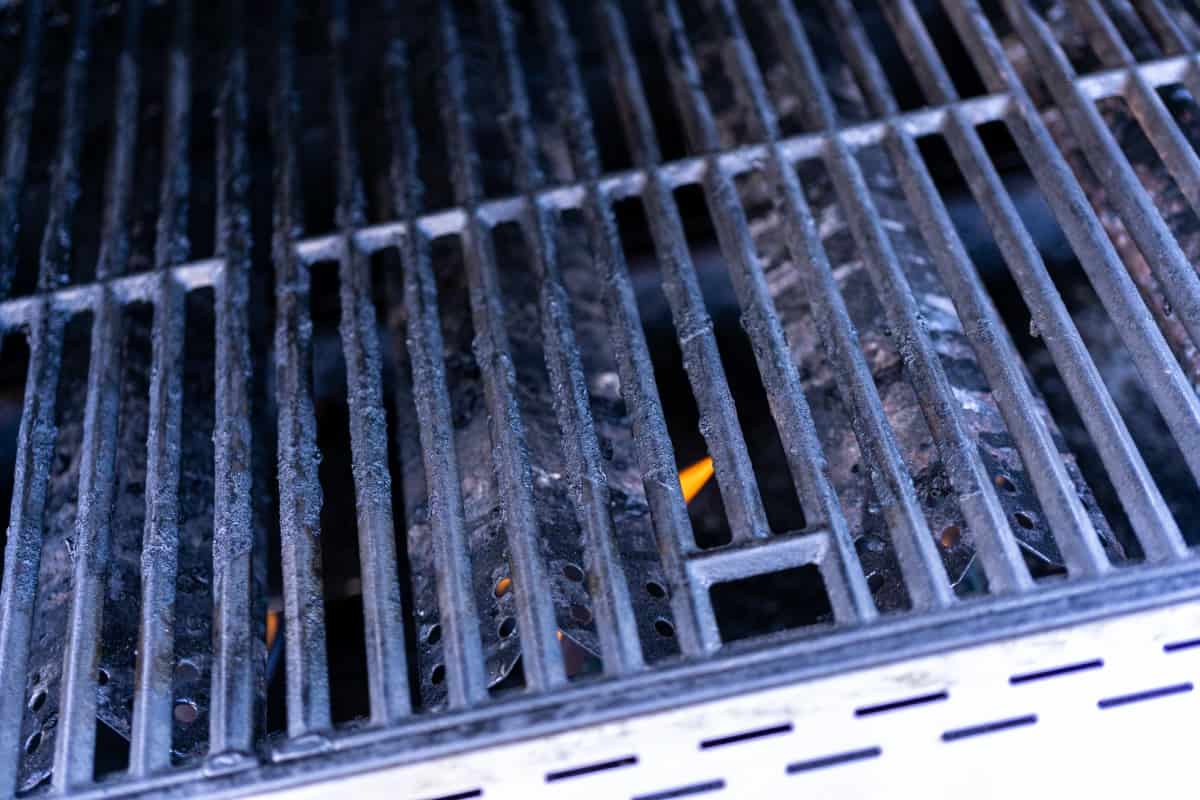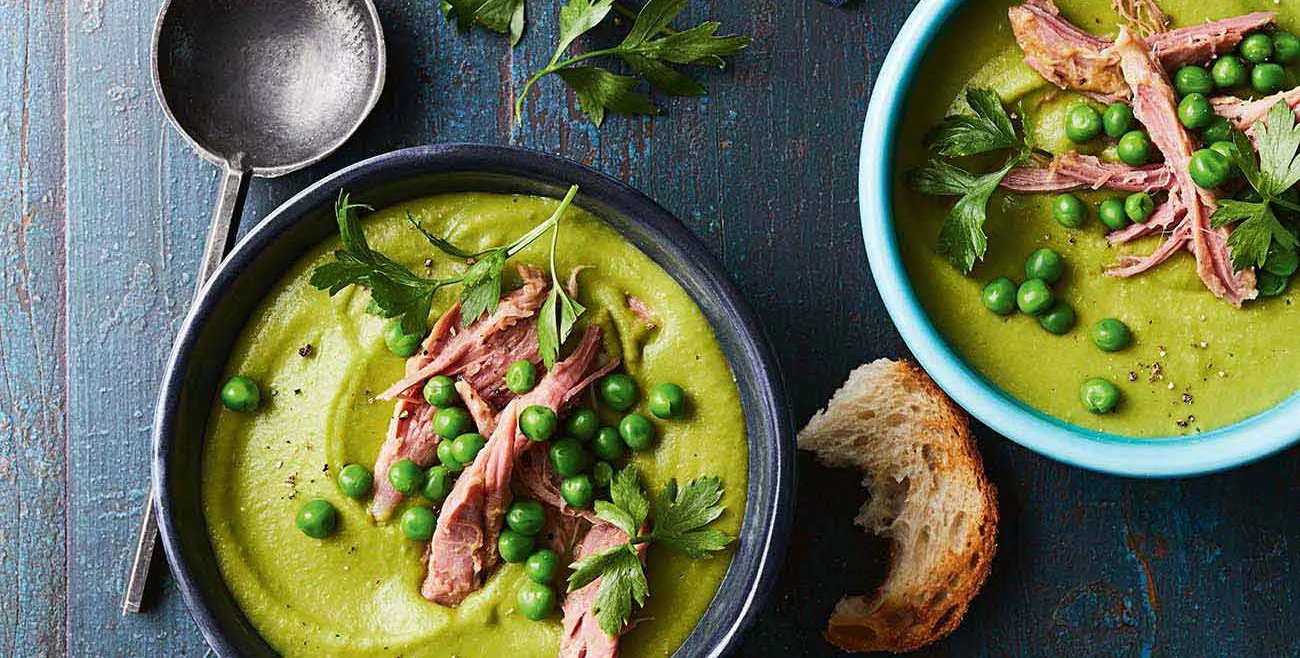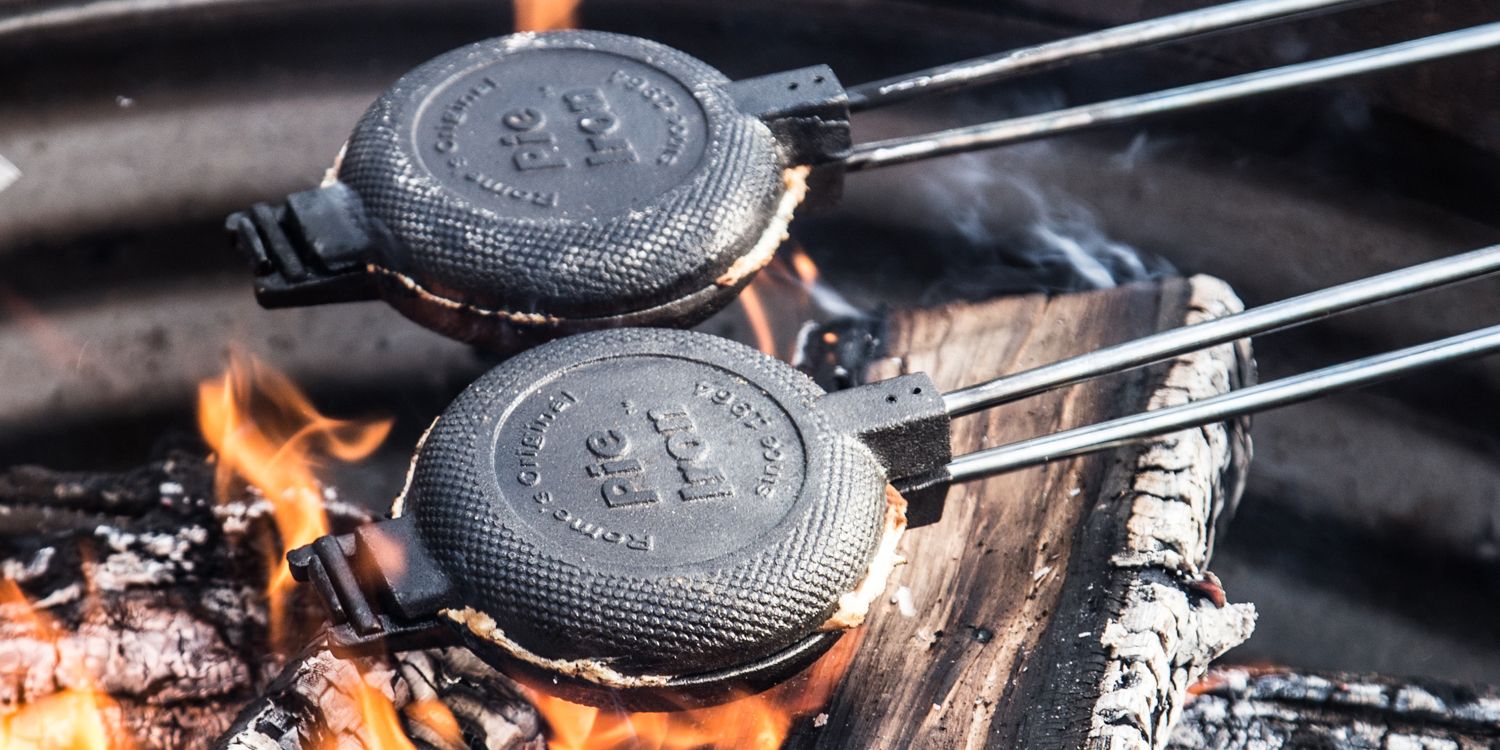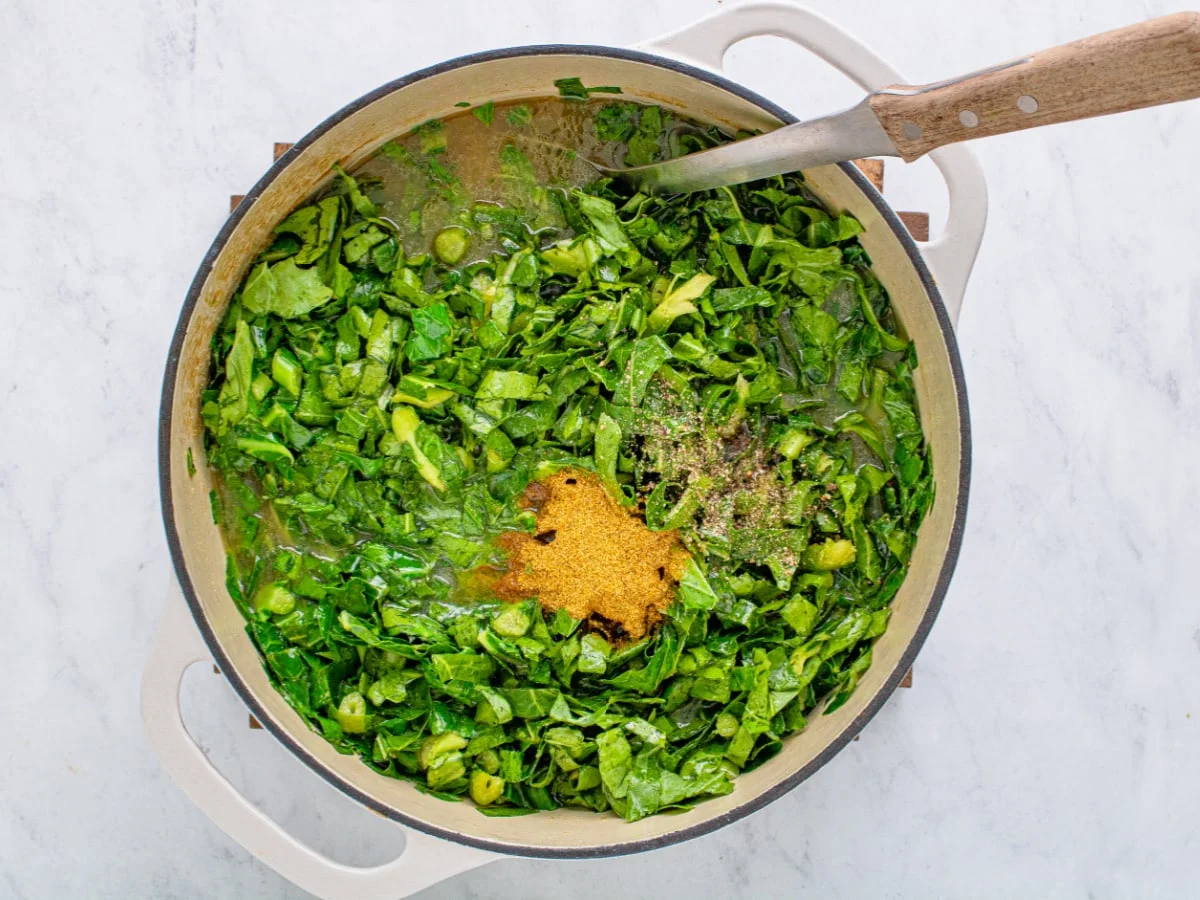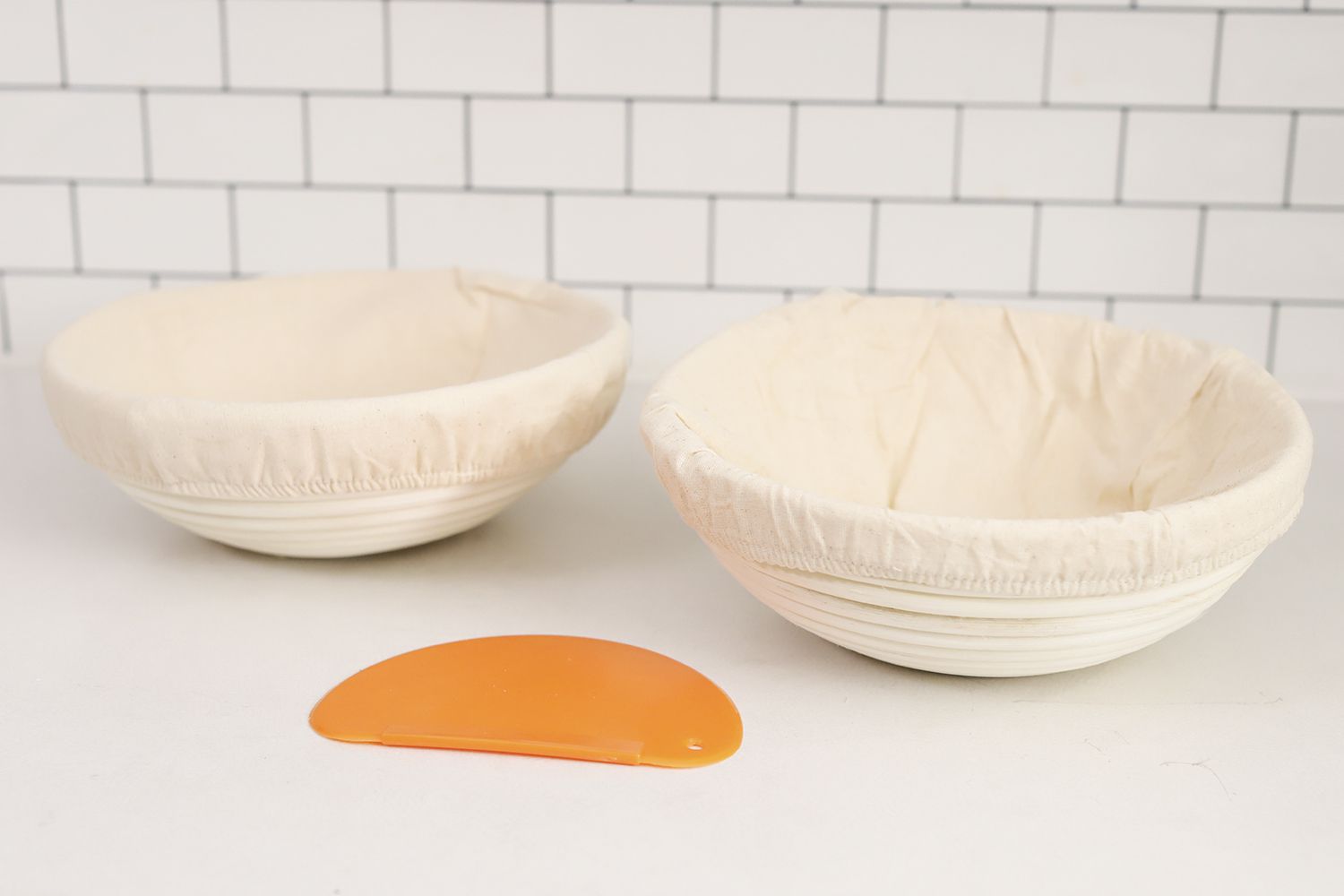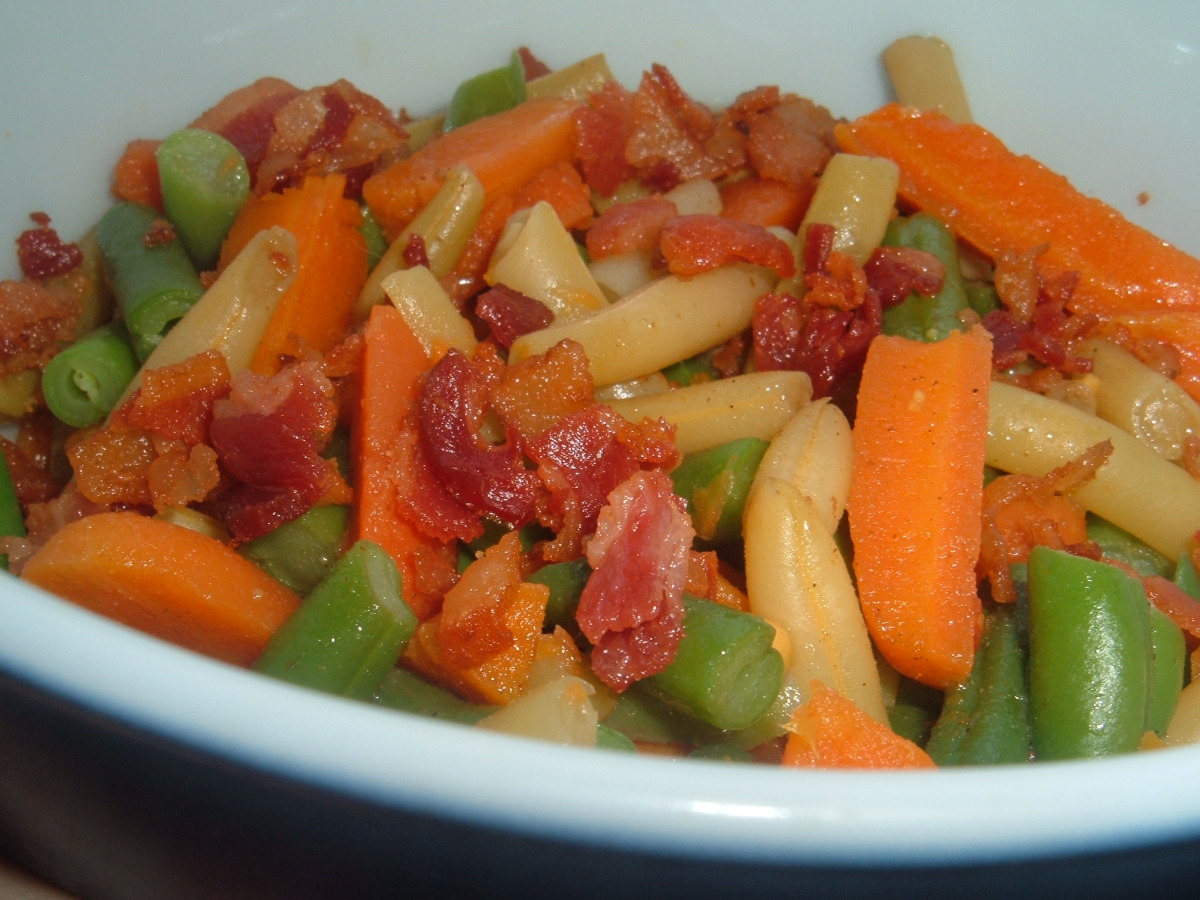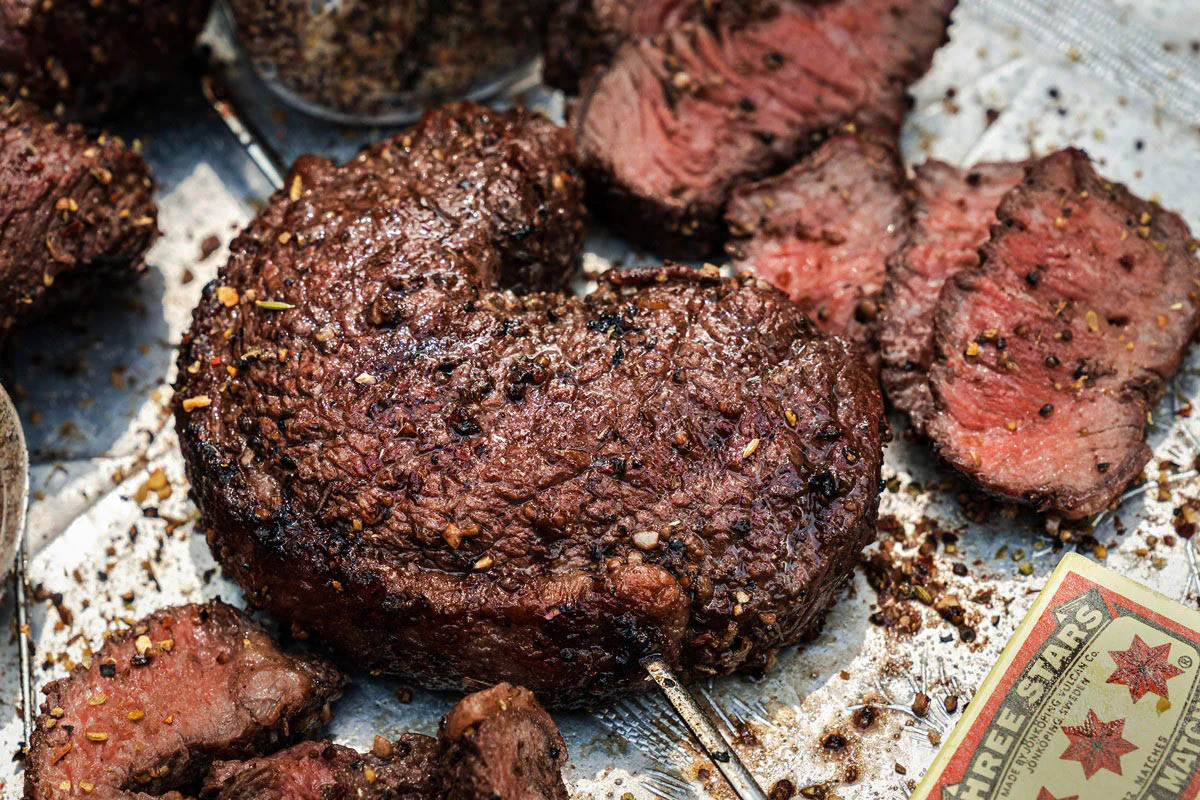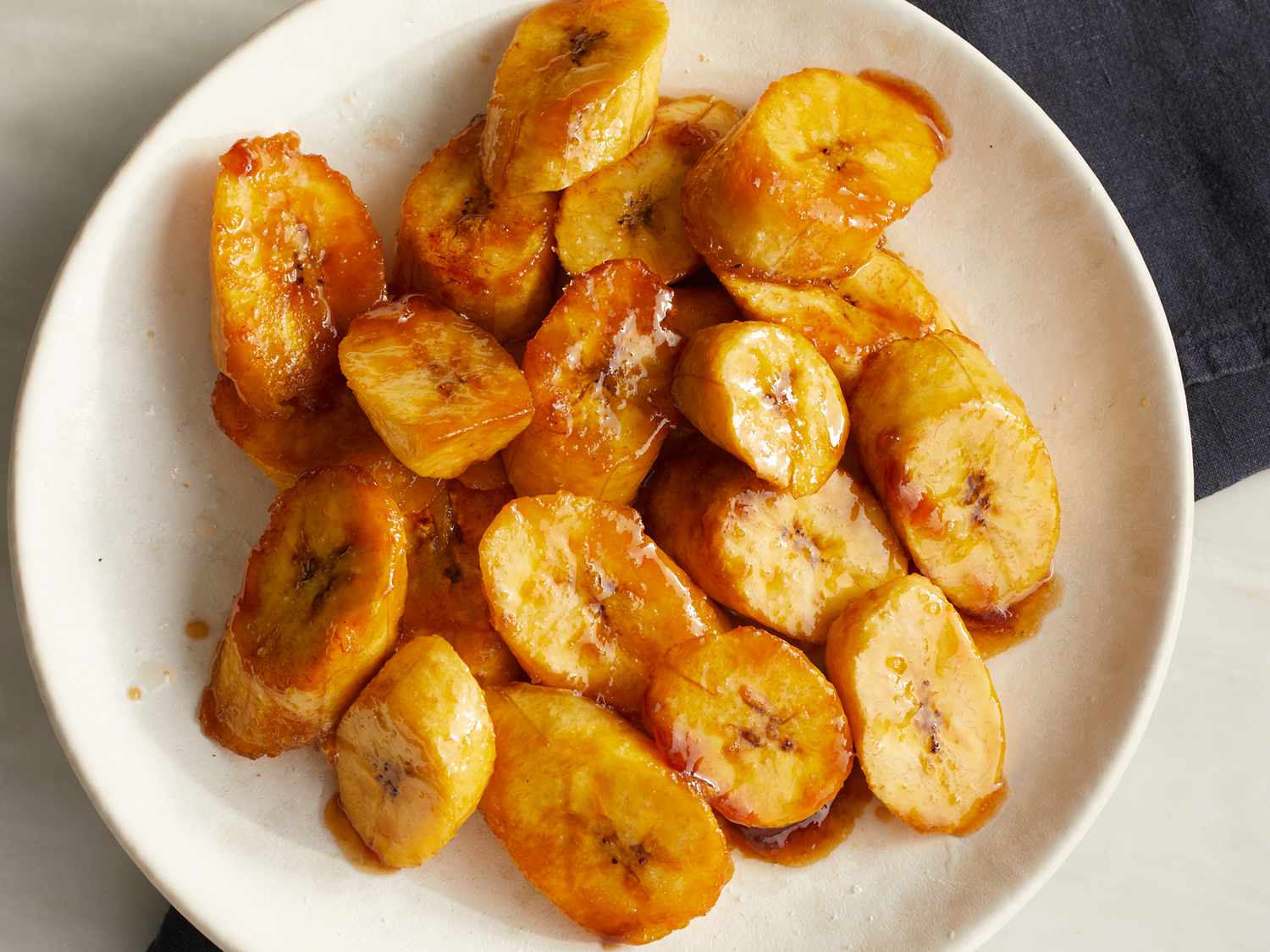Spice Hunting: Dill Seed
Welcome to another edition of Spice Hunting, where we explore different herbs and spices from around the world. In this blog post, we are going to dive into the versatile and flavorful dill seed. Get ready for a journey into the world of dill seed and discover how this herb can elevate your culinary creations.
What is Dill Seed?
Dill seed comes from the herb known as dill. It is the seed of the dill plant and is widely used as a spice in various cuisines. Dill seed has a unique flavor profile that is both aromatic and slightly tangy.
Often confused with dill weed, which comes from the leaves of the same plant, dill seed offers a different taste experience. While dill weed provides a fresh and bright flavor, dill seed adds a deeper and more complex flavor to dishes.
Flavor Profile
The flavor of dill seed can be described as warm, aromatic, and slightly sweet. It has hints of anise and fennel, with a touch of citrus. Dill seed also has a subtle bitterness that adds depth to dishes.
When used in cooking, dill seed imparts a rich and savory taste. It complements a wide range of ingredients, especially those found in Mediterranean and Eastern European cuisines.
Uses in Cooking
Dill seed is a versatile spice that can be used in various culinary applications. Here are some popular ways to incorporate dill seed into your cooking:
- Pickling: Dill seed is a common ingredient in pickling brines. Its robust flavor adds a distinctive taste to pickled vegetables such as cucumbers, carrots, and onions.
- Seafood: Dill seed pairs exceptionally well with seafood. It enhances the flavors of fish, shrimp, and other seafood dishes. Try sprinkling some dill seed on grilled salmon or adding it to a creamy seafood chowder.
- Breads and Baked Goods: Dill seed adds a delightful flavor to bread and baked goods. Add it to your favorite bread recipe or use it as a topping for bagels, crackers, or savory muffins.
- Sauces and Dressings: Dill seed can be the secret ingredient in your homemade sauces and dressings. Its unique taste adds complexity to creamy dressings, marinades, and herb-infused oils.
- Spice Blends: Blend dill seed with other spices like garlic, onion, and mustard for a homemade seasoning mix. Use it to season roasted potatoes, grilled vegetables, or even popcorn.
Health Benefits
In addition to its wonderful flavor, dill seed also offers several health benefits. Here are some reasons to include dill seed in your diet:
- Digestive Aid: Dill seed has been traditionally used to soothe digestive issues such as bloating and indigestion. It can help stimulate digestion and relieve stomach discomfort.
- Antioxidant Properties: Dill seed contains antioxidants that can help protect your body against oxidative stress and inflammation.
- Source of Minerals: Dill seed is a good source of minerals such as calcium, iron, and manganese, which are important for maintaining overall health.
- Calming Effects: The aroma of dill seed is believed to have calming effects on the mind and body. It can help relax the muscles and promote a sense of well-being.
Conclusion
Dill seed is a flavorful spice that adds depth and complexity to a wide range of dishes. Whether you use it in pickling, seafood recipes, baked goods, or spice blends, dill seed is sure to elevate your culinary creations. Don’t forget to reap the health benefits that this versatile spice has to offer. So, go ahead and embark on your own spice hunting adventure with dill seed!
Was this page helpful?
Read Next: How To Improve Bottled Barbecue Sauce
